What are the various groups and classifications for power wheelchairs
Posted by Tom Lee on
There are five different group classifications and tiers depending on what capabilities or features you are looking for in a power wheelchair. Some medical devices are used for standard, common everyday use while other electric wheelchairs can be used for elevated speed or on rough terrain.
These various groups of power chairs are intended to help individuals with disabilities or those with mobility limitations who have used canes or other assisted mobility equipment, but who still have persistent mobility problems that have not been resolved. A power mobility device can be a great short-term or long-term solution for some patients.
When deciding a power wheelchair, it is also important to recognize weight for ease of transport or movability. The common weight standards for power wheelchairs in respective order include the following: less than 300 pounds, 301-450 pounds, to heavy duty: 450-600 pounds, to extreme heavy duty which can be more than 601 pounds.
How are power wheelchairs grouped?
Power wheelchairs are grouped in the following ways according to speed, ease of use, and dynamic elevation and battery capabilities. Take a look at the following groupings to help you decide which one best fits your mobility needs:

Group 1 - These power wheelchairs are great for making the switch or transition from manual to power chair. These medical devices can be used for standard use on some flat, hard surfaces. It is not used regularly and is typically for limited short-term use. This is ideal for use at an assisted living facility, or as a transport vehicle for hospitals. Group 1 power wheelchairs have less turning power and less battery power, but still do the job well if you are looking to travel short distances.

Group 2 - The chairs in this category are used regularly on flat surfaces with a few surface bumps, but otherwise smooth terrain. These power chairs can last long distances and can move at increased speeds of up to 4 mph. They also have 6 wheels and different options and better turning capabilities. In order to use this category of chairs, it is important to be properly evaluated by a certified physical therapist, occupational therapist, or physician who has knowledge and experience in rehab wheelchairs.
Group 3 - These motorized wheelchairs can be used on both flat and bumpy or rough terrain for general use. They tend to have various features that are a step up from the previous two groups. This includes:

-
higher speeds of up to 6mph or more for better outdoor navigation and turning capabilities
-
better and larger battery lifespan
-
great for challenging indoor and outdoor navigation and rough terrain
-
more features such as power tilts, elevation capabilities, adjustable seats and more safety tools
-
has mid, front, and rear-wheel drive options
-
can be elevated if you want to get around better or reach for stuff in the kitchen or other areas of the room.
In order to qualify for this group under Medicare, patients are evaluated by a physical therapist, occupational therapist, or physician who might be able to assess certain neurological, myopathic, or congenital skeletal abnormalities in a patient before deciding this group of chairs is for someone. These power wheelchairs are commonly used in patients with muscular dystrophy, cerebral palsy, traumatic brain injury, spinal cord injury, and more severe diagnoses.

Group 4 - These mobile wheelchairs tend to have a higher speed than common mobile wheelchairs and are able to be used for extreme conditions. They are typically designed for both flat use and rough terrain.
They have additional features like elevated leg rests and capabilities for standing positions to assist those with mobility issues or individuals who would like to have the freedom for more upright and better posture to eliminate the strain of being in one position for too long. Many of the flexibility features are for those who would like to remain active by practicing elevated positions so as not to deal with restless fatigue from lack of movement in a traditional chair.
Group 5 - This is the final group classification for power chairs designed for pediatric use, or children. These chairs have a single power option and are typically used and designed for patients who weigh less than 125 pounds are are expected to grow. It is designed to accommodate clients smaller frame for easy transport. They have the same capabilities of speed, technology, suspension and elevation as the other two groups.
Why are there groups and codes for power wheelchairs?
It is important to note the different codes for power chair groups for Medicare purposes and for your personal reference. The code groupings are as follows:
-
Group 1: K0813 K0816
-
Group 2: K0820 K0843
-
Group 3: K0848 K0864
-
Group 4: K0868 K0886
These codes help decide what type of power wheelchair clients with disabilities or mobility limitations may need or qualify for depending on the severity or assessment from a PT or OT. The codes are basically a checklist for physicians, PTs, and OTs, to consider when evaluating a patient. Take a look at Quickies Medicare Wheelchair codes for more specific breakdowns of pricing and patient criteria.
Keep in mind that all powered or motorized wheelchairs are considered medically necessary when certain criteria are met. This includes the following, according to helpful clinical guidelines from Amerigroup Solutions:
-
a clinical indication might be that the individual lacks the mobility to safely move to complete daily and necessary lifestyle tasks
-
a patient has previously used a cane or walker that has not helped their situation
-
an individuals physical and medical condition requires a power wheelchair
-
an individual cannot operate a manual wheelchair and requires a power wheelchair.
Power wheelchairs are also typically grouped because they have very different mobility capabilities and are designed for pediatric or adult use depending on the speed, weight, and other feature capabilities.
Differences among groups for power wheelchairs

There are many minor and major group differences among power wheelchairs that might change your mind about purchasing one or the other. Heres a helpful breakdown if you are unclear of which power wheelchair to purchase:
Group 1 and Group 2:
Group 1 power wheelchairs are the standard group of chairs that come after manual wheelchairs. Its for individuals who want a basic model that allows them to safely manuveur at controlled, limited speeds and minimal usage time. Group 1 is great for those who dont want extreme power features such as adjusted seats or speed. Group 2, on the other hand, is for more wheelchair movability options and individuals who would like to strengthen their posture and move around at a slightly higher speed with more power options.
Group 2 and Group 3:
Those who need regular use of power wheelchairs can consider Group 2 or Group 3 for their mobility needs. A Group 2 mobility wheelchair can deal with flat or rough surfaces or challenging turns, but a Group 3 wheelchair is better suited for uneven surfaces and longer bouts of rough surfaces. It also has a higher speed, higher incline abilities, and is better suited for outdoor use. A commonality between the use is that these groups are intended for patients who want to use their chairs everyday. These chairs are reserved for individuals with spinal cord injuries and other mobility impairments. Although they have similar features, they differ in slight speed changes and battery life.
Group 4 and Group 5:
Group 4 is designed for navigating the medical device on uneven surfaces and is able to withstand extreme conditions at a high speed. It is not the option of choice for standard or general use such as Groups 1, 2, and 3. It differs from Group 5, because Group 5 is suited for pediatric use, typically for children under 125 pounds, and has a single power option and is gentle on speed.
In conclusion, these different group categories allow us to better understand all the features and capabilities of mobility devices that can greatly improve posture or allow patients to accomplish tasks with electric-powered assistance.
- Tags: Electric Wheelchair

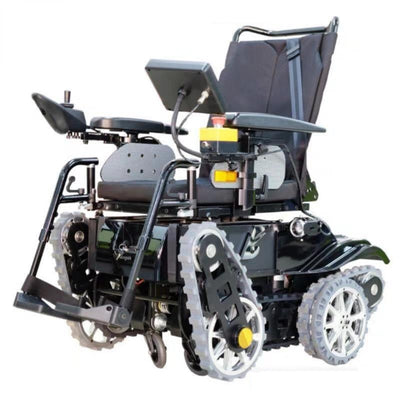
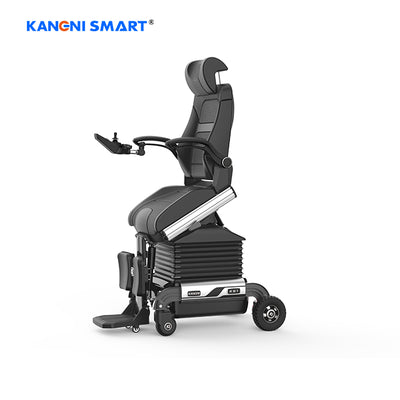
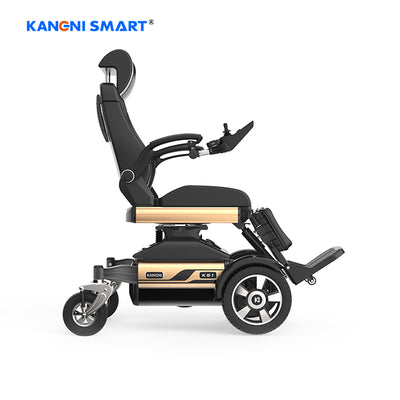
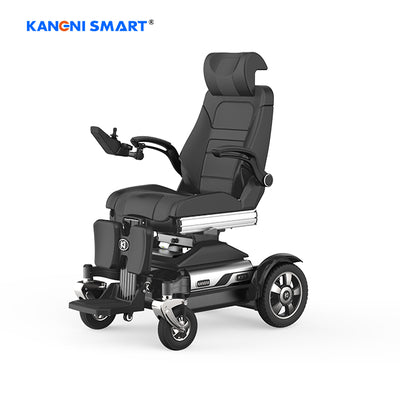
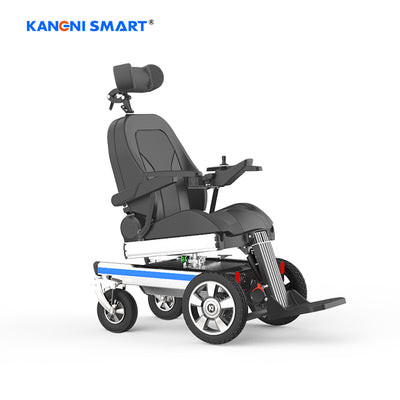

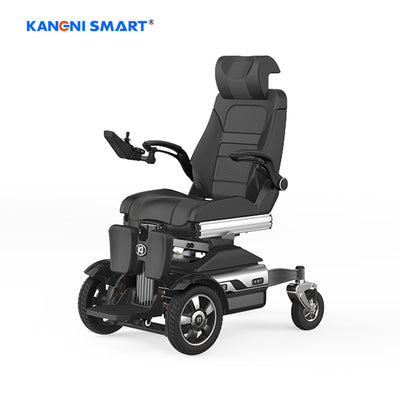
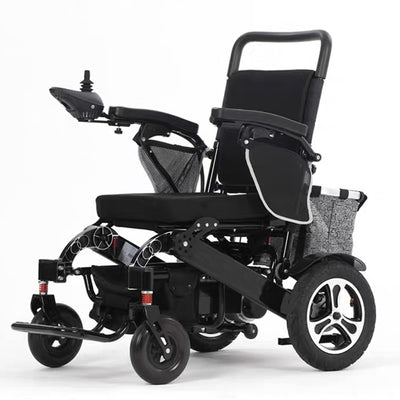
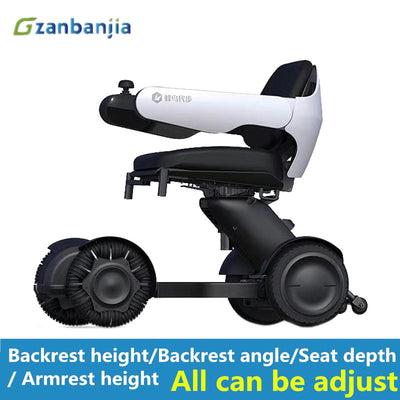


Patient monitoring systems are collections of machines or equipment used to constantly monitor patients through various vital signs and warning systems to detect and record changes in patient wellbeing.
Patient Monitors On Sale
Patient Monitor price in India
5 Para Monitor
3 Para Monitor